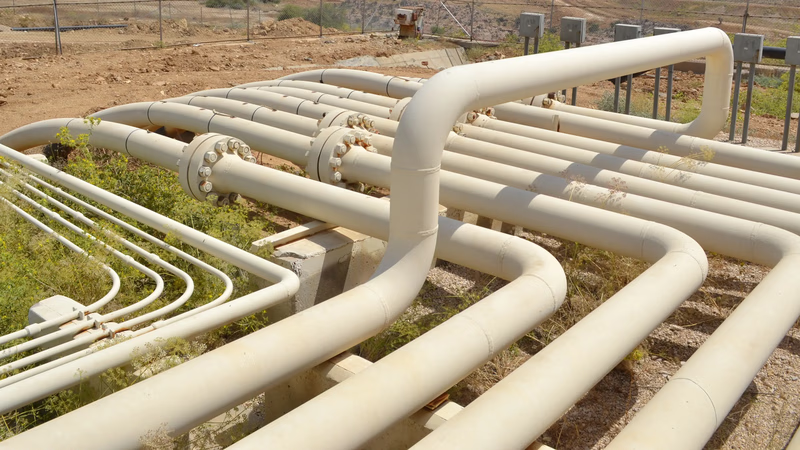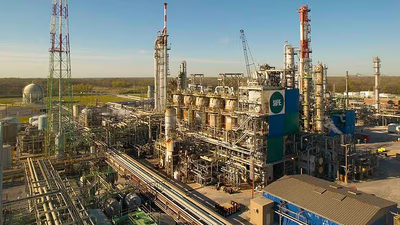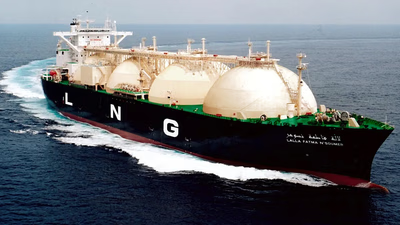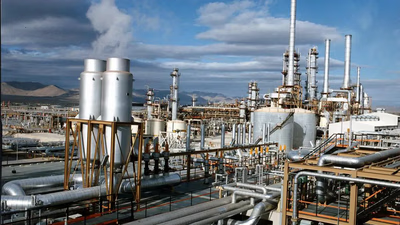
Ethylene"s role in agriculture and commodity trade. "
The discovery of ethylene can be traced back to the 17th century when naturalists and scientists made observations regarding the effects of certain gases on plant and fruit physiology. However, it wasn't until the 19th century that ethylene's significance began to be understood. In 1855, the French chemist Charles-Adolphe Wurtz first isolated ethylene by heating a mixture of ethanol and sulfuric acid. He named the gas "ethylene" based on its ability to form ethyl compounds, and he described its chemical structure as a hydrocarbon with two carbon atoms and four hydrogen atoms.
In the late 19th century, the industrial use of ethylene started to emerge. Its flammable nature led to its adoption as a fuel gas for lighting, heating, and cooking in some cities. Ethylene was also used in the production of lamp mantles and as a welding gas. In the early 20th century, scientists began investigating the role of gases in plant physiology. In 1901, Dimitry Neljubow, a Russian botanist, discovered that ethylene gas caused the ripening of fruits and the abscission of leaves and flowers. This marked the initial understanding of ethylene as a plant hormone.
In 1795, ethylene gas was called olefin gas. The first synthesis of ethylene gas compounds (dichlor and ethane) was performed in 1795 by a Dutch chemist. In the middle of the 19th century, because C2H4 had a lower hydrogen than C2H5 ethyl, suffixes (ene) of Greek origin were added to the end of ethyl, and after that olefin gas is called ethylene gas. Until 1852, the word ethylene was used in scientific literatures. In 1866, the German chemist Hoffmann built his hydrocarbon naming system on alkanes. In this system, any hydrocarbon that has two hydrogens less than the corresponding alkane is called a CnH2n alkene, and if it has four hydrogens less than the corresponding alkane, it is called a CnHn alkene.
According to this naming, ethylene was renamed to ethene. The International Society of Chemists introduced the name IUPAC in 1892, and since then, the name has been used in scientific texts and textbooks. The hormonal effects of ethylene on the general growth of plants were first observed in 1864, when gas leakage in street lighting systems led to stunted growth and deformation in nearby plants. In 1901, Niljubo identified the active component of gas, which was ethylene gas, but this was not known until 1934, when Johnny determined that plants could synthesize this gas, also in 1935, Crocker suggested that this gas can be used for the hormonal response to fruit ripening and aging of vegetative tissue.
The commercial production of ethylene began in the 1930s with the development of steam cracking, a process that involves breaking down hydrocarbon molecules under high temperatures. This method allowed for large-scale production of ethylene from petroleum-based feedstocks. The mid-20th century witnessed significant advancements in the petrochemical industry, leading to increased production and diversification of ethylene derivatives. Ethylene became a vital raw material for the production of various plastics, synthetic fibers, solvents, and chemicals.
In subsequent decades, research on ethylene expanded, leading to a deeper understanding of its role as a plant hormone and its impact on plant growth and development. This knowledge has been applied to agriculture, horticulture, and post-harvest management techniques to optimize fruit ripening, delay senescence, and enhance storage life. In recent years, there have been ongoing efforts to improve ethylene production processes, explore alternative feedstocks, and develop sustainable methods. Additionally, advancements in genetic engineering and biotechnology have led to the development of ethylene-insensitive plants and modified ethylene production in crops, offering potential benefits in agriculture.
-

Ethylene, first isolated in 1855 by Charles-Adolphe Wurtz, has a rich history tied to both industrial and agricultural applications. Initially recognized for its flammable properties, it was used as a fuel gas and in lamp production. The early 20th century marked a pivotal shift as scientists like Dimitry Neljubow identified ethylene"s role as a plant hormone, influencing fruit ripening and leaf abscission. The commercial production of ethylene began in the 1930s with steam cracking technology, enabling large-scale synthesis from petroleum feedstocks. This led to its widespread use in producing plastics and chemicals. Research has since expanded our understanding of ethylene"s effects on plant growth, impacting agricultural practices significantly. Recent advancements focus on sustainable production methods and genetic engineering to create ethylene-insensitive plants, enhancing crop resilience and storage life.
-

West Asia, particularly Saudi Arabia, Qatar, and Iran, is pivotal in the global petrochemical sector, especially in ethylene production. The region"s vast reserves of natural gas and crude oil serve as primary feedstocks for ethylene, with natural gas being the most cost-effective option. Ethane cracking is a common method used to produce ethylene from natural gas liquids. The Middle East accounts for 22% of global ethylene production, with significant investments in large-scale petrochemical complexes that integrate refining and production processes. Proximity to major consumer markets in Asia, Europe, and Africa enhances the competitiveness of West Asian producers. However, increasing demand from other sectors like power generation has strained gas supplies for petrochemical use, prompting a shift towards heavier feedstocks like naphtha. Iran is expanding its ethylene capacity significantly with several projects aimed at boosting production by 2025. This expansion could position Iran to control 32% of the Middle East"s ethylene output and 7% globally.
The region remains a key exporter of ethylene derivatives such as polyethylene and glycol, bolstering its economy and supporting international supply chains. Competitive advantages include abundant feedstocks, strategic market access, favorable investment climates, and robust logistics infrastructure.
-

Ethylene (C2H4) is a colorless, flammable hydrocarbon gas that serves as a crucial plant hormone influencing growth and development. It regulates processes such as seed germination, fruit ripening, and leaf senescence. Ethylene is produced in various plant tissues and released into the atmosphere, playing a vital role in agriculture by promoting ripening and abscission. In addition to its biological significance, ethylene is a key raw material in the petrochemical industry, primarily used for producing polyethylene and other polymers. Its commercial production involves methods like steam cracking of hydrocarbons from crude oil or natural gas. Ethylene derivatives are essential in manufacturing solvents, detergents, antifreeze, and textiles. The gas is available in various capsule sizes for agricultural use. Ethylene"s dual role as both a natural plant hormone and an industrial feedstock highlights its importance across multiple sectors. "
-

Ethylene is a vital feedstock in the production of plastics, particularly polyethylene, which is extensively used across various industries including packaging, construction, and automotive. It also plays a significant role in creating synthetic fibers like polyester and PET, essential for textiles and consumer products. Ethylene derivatives are crucial for manufacturing chemical intermediates such as ethylene oxide and ethyl alcohol, which serve as solvents and building blocks in paints, coatings, and adhesives. Additionally, ethylene acts as a plant hormone that facilitates fruit ripening and extends the shelf life of produce. Its applications extend to sterilization processes in medical equipment and as a fuel gas for welding due to its high combustion properties. Ongoing research aims to uncover further uses of ethylene in plant biology, energy sources, and pharmaceuticals.




